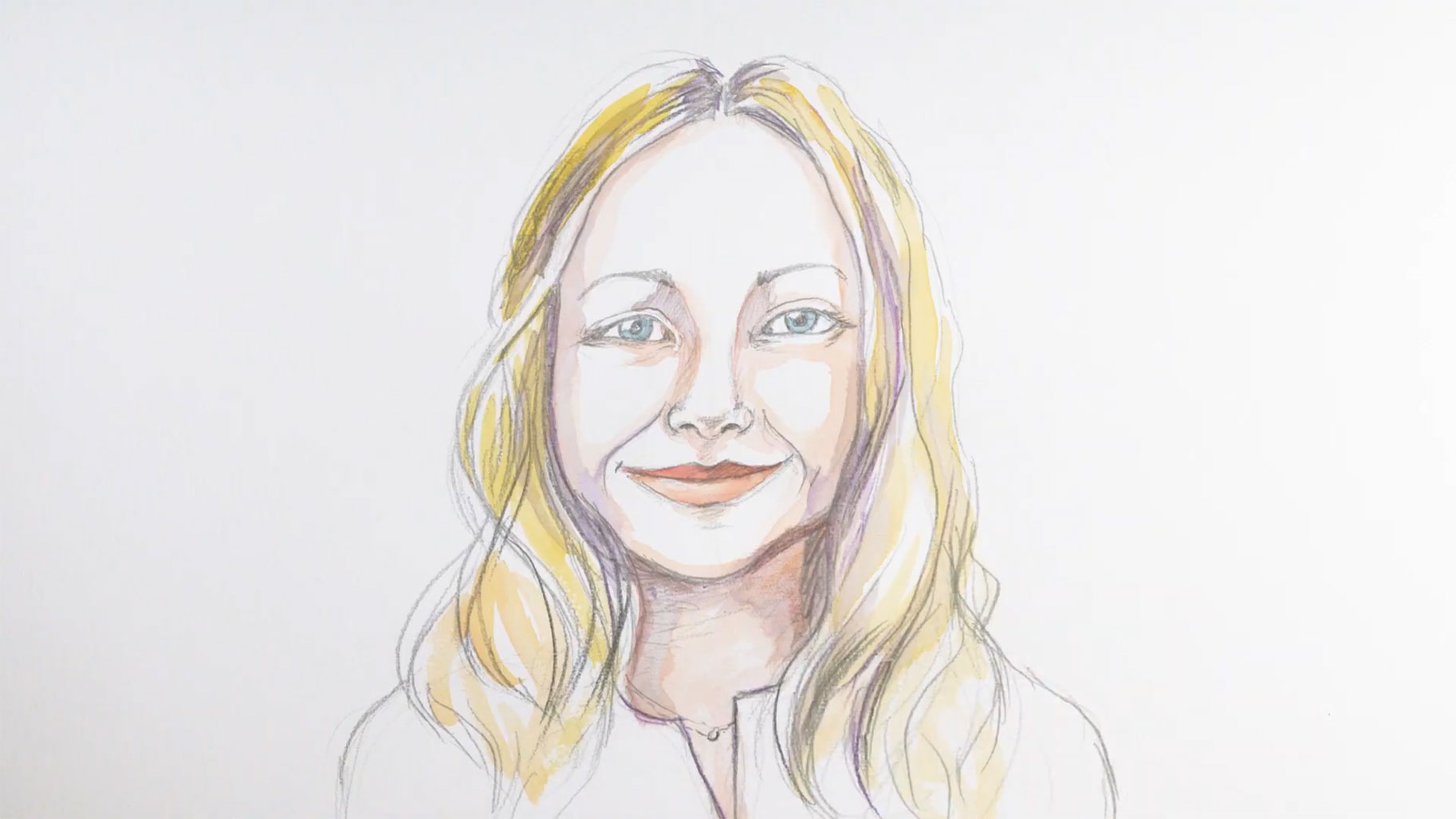Serena Villata, pioneering inventor of AI capable of argument and debate
Date:
Changed on 18/07/2022

What if computers could help us to think, and not just process information? What if AI could identify arguments in a text, classify them and assess their reliability? What if it could enable us to prevent cyber-bullying or fake news? These are the questions that underpin the work of Serena Villata, a researcher at the Inria Sophia Antipolis - Méditerranée Centre and a specialist in language processing and automatic argument generation, who was recently awarded the the Inria – Académie des sciences – Young Researcher Award.
She began tackling the question in 2007, after one of her thesis co-directors suggested she work on “computation argumentation models”. In other words, the way in which AI extracts and represents the logical structure of a text. “These models were very simple at the time”, says Serena Villata, “with arguments “for” or “against” a topic or decision.”
The researcher developed two aspects of the theory. Firstly, the addition of a “support relation” to integrate arguments which support another. For example, photographs of the Earth from space support the argument that the Earth is round and not flat. The second aspect involves taking account of the reliability of sources that support arguments, which gain or lose credibility depending on whether or not the person cited is an expert in the subject.
“I managed to integrate these theoretical advances into algorithms”, she explains, “and then transpose them to the automatic analysis of “natural language”. In other words, text written by people.” The field was still in its early stages at the time, and the term “argument mining” had not yet been coined.
With the help of linguists, Serena Villata developed the very first algorithms for the automatic extraction of arguments. These were classified as premises or conclusions, and the links connecting them were defined as relationships of attack ("for" or "against") or support. Like magic, the logical structure of the text was revealed, without any human intervention.
Verbatim
I managed to integrate these theoretical advances into algorithms and then transpose them to the automatic analysis of “natural language”. In other words, text written by people.
Auteur
Poste
Inria Académie des sciences - Young Researcher Award 2021
The field was still in its early stages at the time, and the term “argument mining” had not yet been coined.
With the help of linguists, Serena Villata developed the very first algorithms for the automatic extraction of arguments. These were classified as premises or conclusions, and the links connecting them were defined as relationships of attack ("for" or "against") or support. Like magic, the logical structure of the text was revealed, without any human intervention.
This provided a powerful analysis grid capable of multi-tasking which, after a learning phase, was applied to political speeches, medical articles and online discussions via Twitter or Facebook. It generated a great deal of interest. Serena Villata was soon invited to speak at international conferences and became involved in numerous French and international research projects.
In particular, her work formed the basis of Disputool, an argument mining project on candidates’ debates in American presidential elections from 1960 to 2016. Another initiative is the decision support tool Acta (Argumentative Clinical Trial Analysis), which automatically analyses reports on clinical drug trials and treatment. This eliminates the need to read the full report in order to draw a conclusion, as the report’s conclusion and its supporting arguments are presented in an argumentation graph which users can refer to.
However, it is in the field of social networks and the fight against bullying that Serena Villata’s work has had the greatest impact. By combining the analysis of links between users with the analysis of messages, she designed artificial intelligence tools capable of automatically identifying hateful messages on social networks. These tools identify internet users who are victims of misogyny, homophobia, racism or any other form of online hate. A similar approach can be used to detect emitters of fake news.
“I’m continuing to enhance these tools in collaboration with Italian and French schools, who use them to improve the management of students’ discussions on their intranet”, the researcher says. “I also use them in a project for the prevention of online hate, led in the framework of OTESIA*, which includes awareness actions for students.”
Serena Villata has also been a member of the Comité national pilote d’éthique du numérique (National Steering Committee for Digital Ethics) since December 2019. “This is fascinating work: the ethical issues around AI go far beyond the field of computer science. It is an opportunity to reflect on these issues with sociologists, philosophers, legal experts and elected representatives.”
*Observatory for the technological, economic and societal impacts of artificial intelligence
“The biggest challenge in my field right now is to design a chatbot capable of speaking in a natural way with users such as schoolchildren, to help them develop their critical thinking. It could explain a topic to them, illustrate it with examples, put forward counter-arguments to the fake news it generates and describe the devastating effects of the spread of this fake news, etc.
This is a highly-ambitious project; the chatbot would be able to automatically process any theme, without preparation, by adapting to the knowledge of the user. What’s more, we have to prevent such a tool from being misappropriated for disinformation campaigns. It must be multi-disciplinary in design and bring together computer scientists, legal experts, sociologists, etc.”